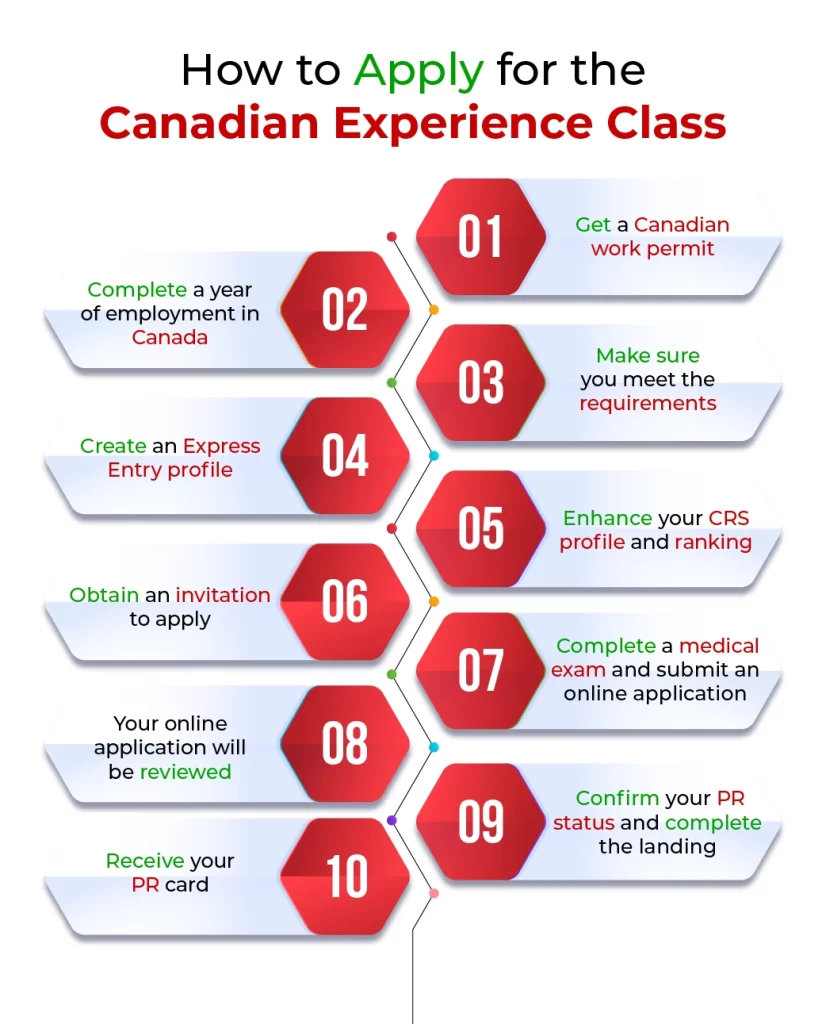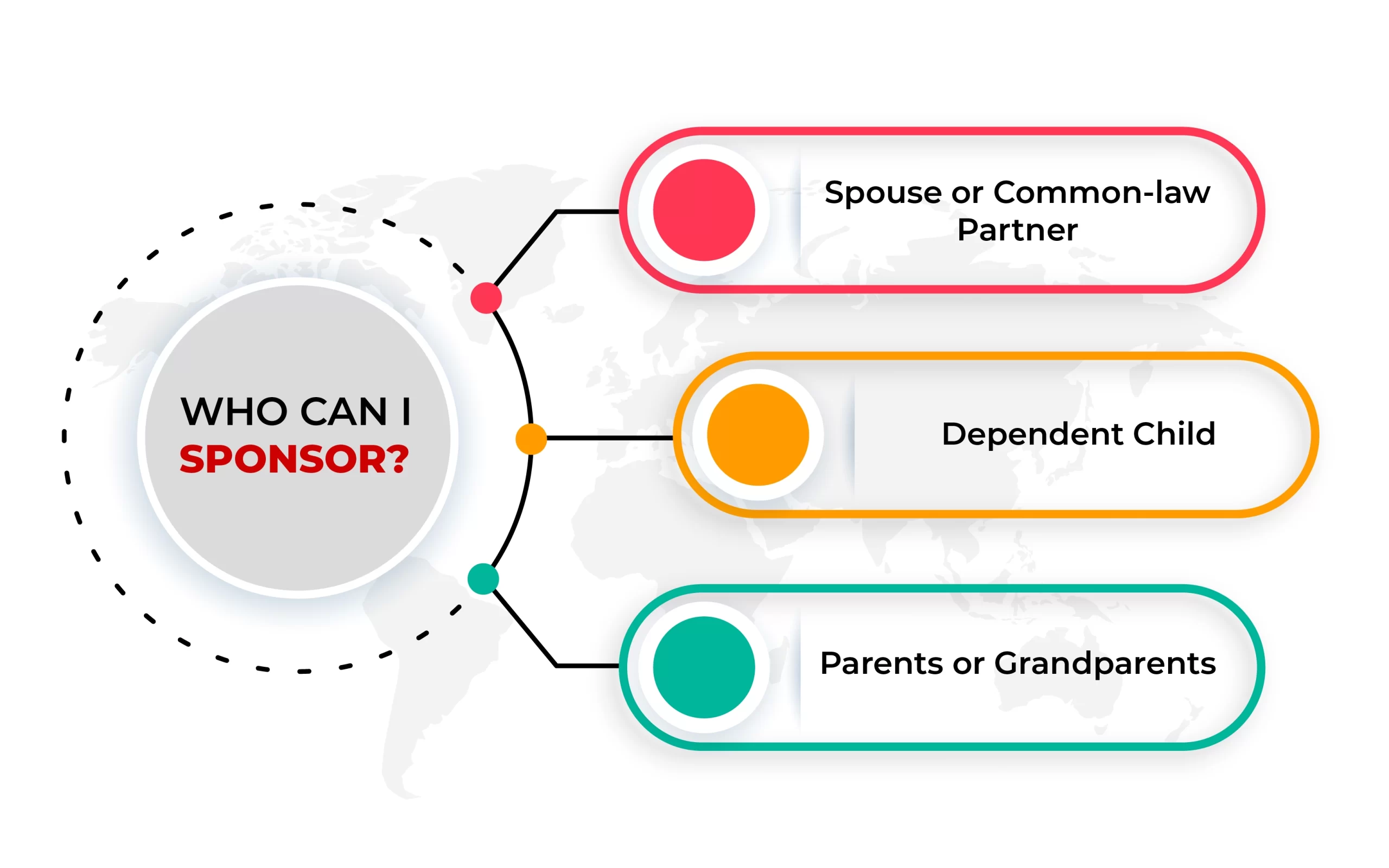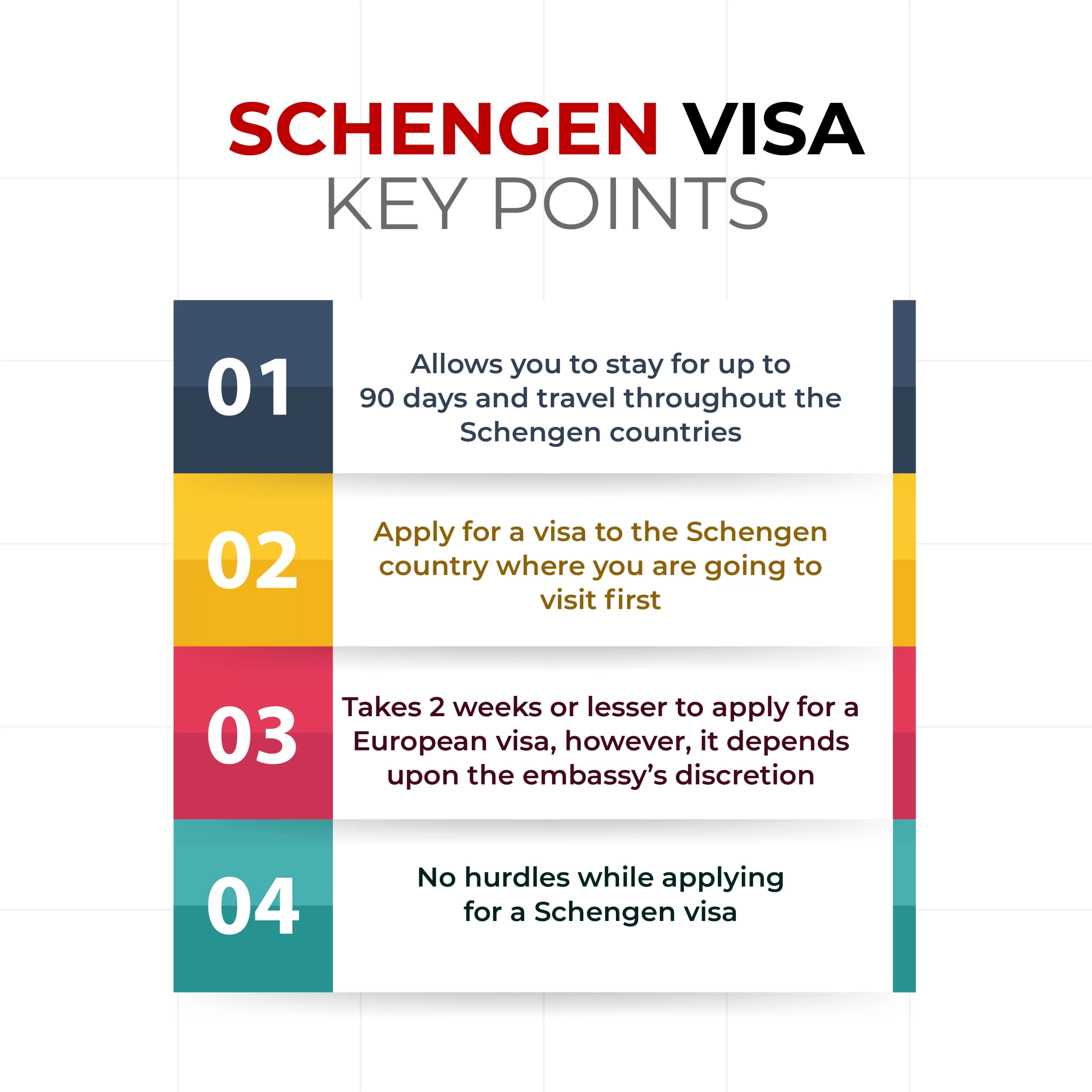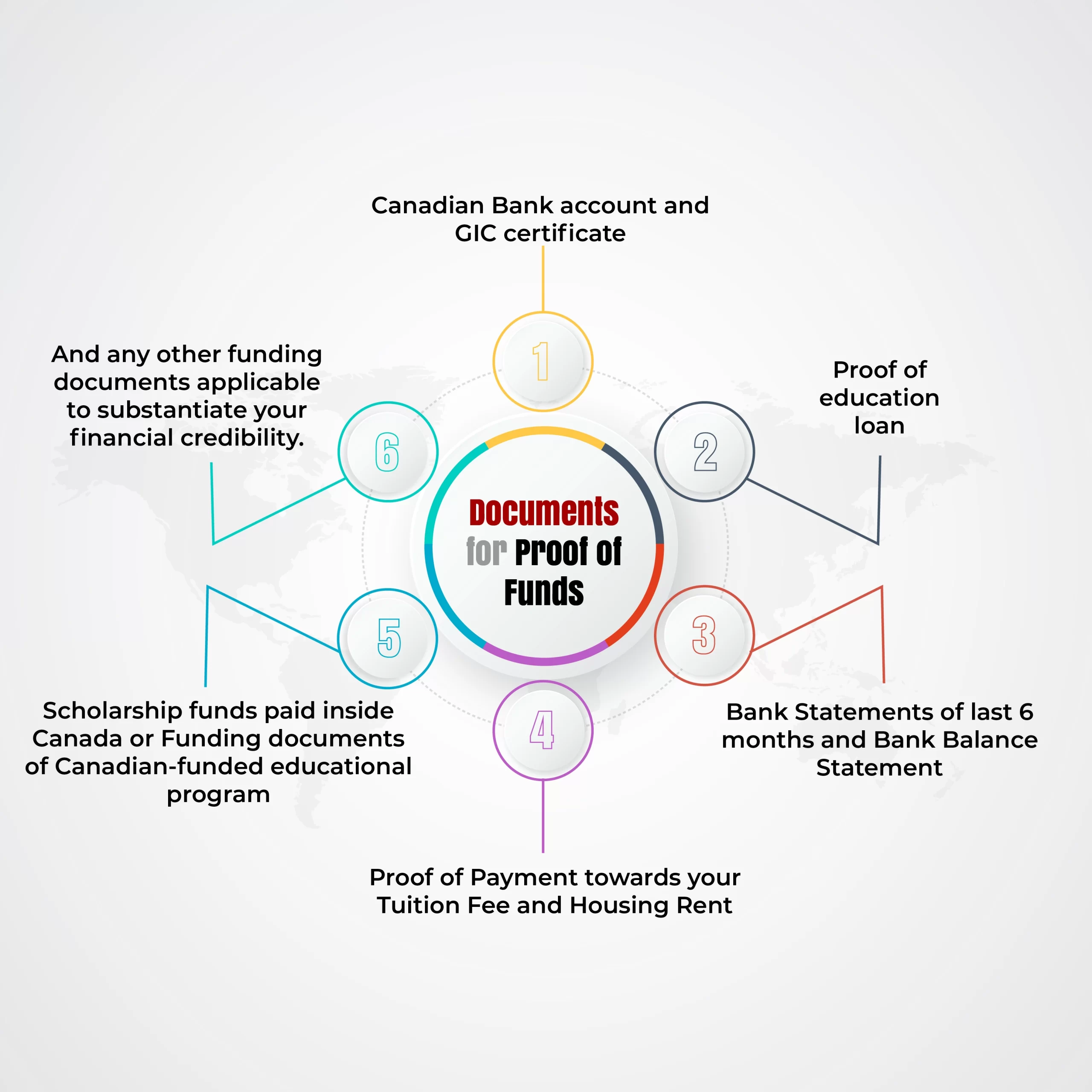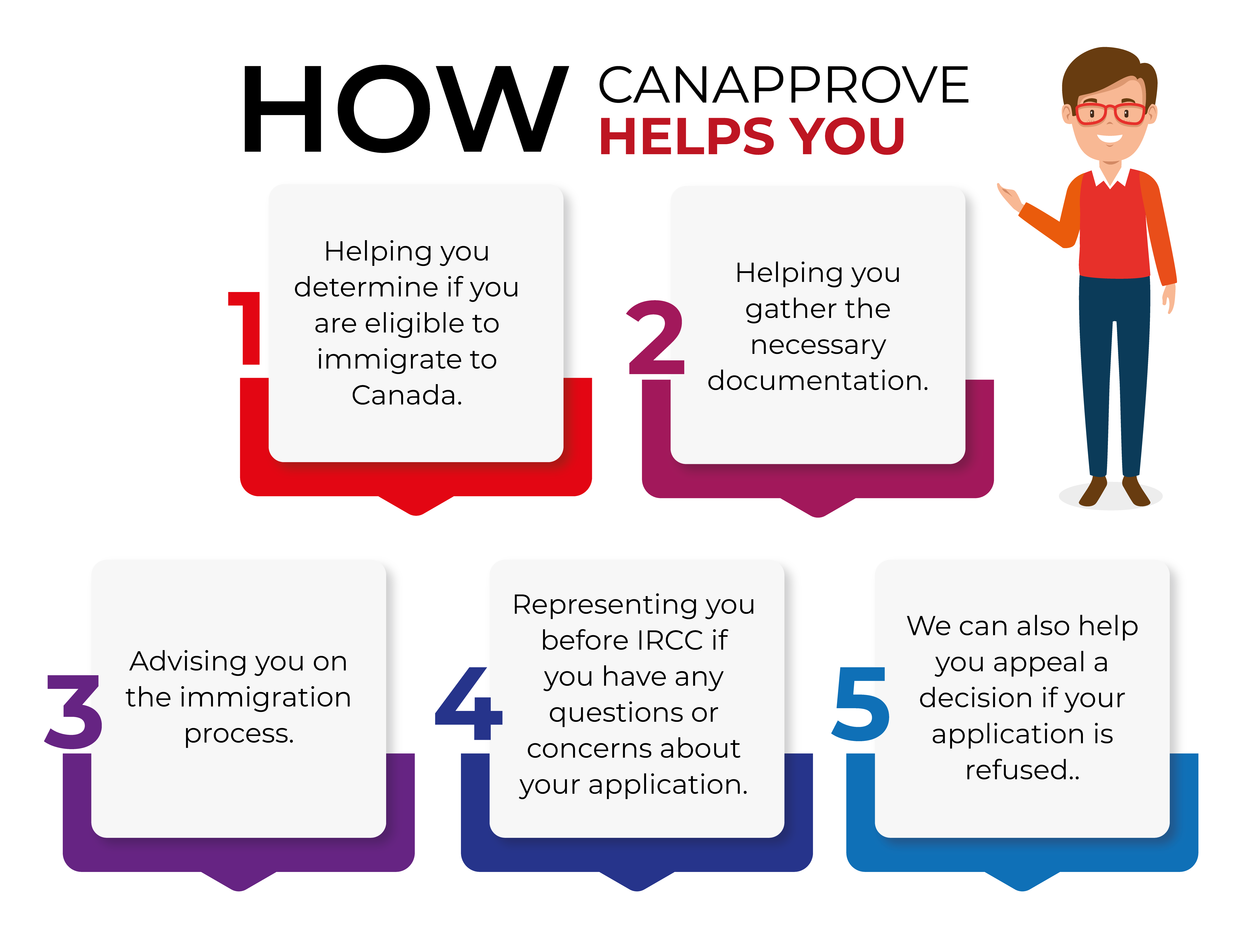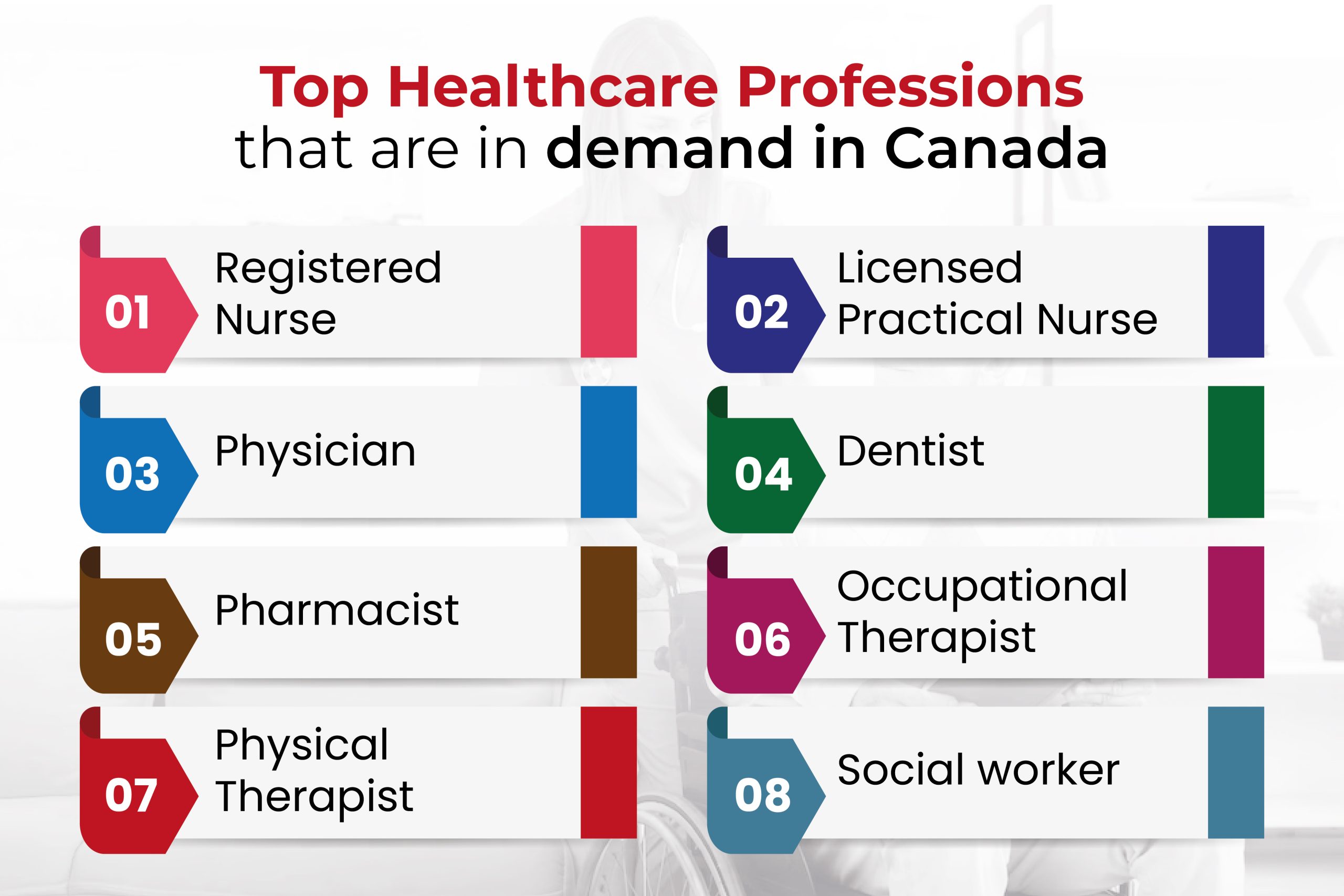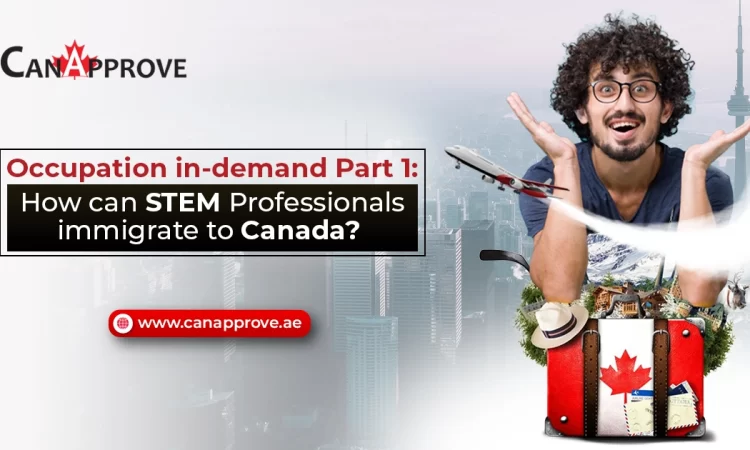Do you wish to fly to Canada for business purposes or establish a business in Canada? You’re in the perfect place! You can make it possible by applying for a Canadian business visa. But first, read on to know more about it!
What is a Canadian business visa?
A Canadian Business Visa is a temporary visa that allows business people to visit Canada for business-related activities. The purpose of this business visa for Canada is to facilitate temporary business visits for individuals seeking to explore business opportunities in Canada.
It also includes investing in a business, expanding business ties, offering or receiving training, and engaging in international business ventures without being employed in Canada.
Canadian Business Visa Programs
Canada currently offers multiple provincial business visa programs in addition to the three federal programs mentioned below.
Intra-Company Transfer Visa
The Intra-Company Transfer Visa is an immigration program that provides overseas business entrepreneurs with the opportunity to transfer to Canada and set up their business there. It also offers permanent residency for overseas entrepreneurs and self-employed individuals.
Start-Up Visa
Entrepreneurs can immigrate to Canada under the Start-Up Visa Program (SUV) and establish a new business. This program aims to pull in business owners from all over the world who can innovate, compete worldwide, employ Canadians, and contribute to Canada’s economy.
Entrepreneur (C11) Visa
Through the C11 Entrepreneur Work Permit program, foreign investors and entrepreneurs are allowed to operate as independent contractors in Canada. The program was launched under the International Mobility Program (IMP).
Provincial Nominee Programs
The federal and provincial governments of Canada run the Provincial Nominee Program for Canadian Immigration. There are over 17 business immigration streams available to choose from. This program aims to bring in foreign workers with professional skills that are in demand in Canada. However, PNP is not suitable for business immigrants. By using one of the previously mentioned federal programs, you might be able to obtain a business visa more quickly and easily.
Benefits of a Canadian Business Visa
Some of the benefits of a Canadian business visa are mentioned below for you.
- Your spouse can work in Canada.
- Your children can pursue free education.
- You will enjoy the privilege of living a high-quality life.
- You get to engage in business activities such as attending meetings, conferences, and workshops.
- You can grow your business by expanding your company in different areas.
- You will get access to social benefits such as health care coverage, social care benefits, and free education.
- In Canada, well-established business people can open new locations or purchase existing ones.
- You can become a Canadian citizen by investing or fulfilling residency requirements.
Operations in a business
When visiting on business, you engage in the following activities:
- Buying Canadian goods or services for a foreign business or government
- Accepting requests for products or services
- Attending trade fairs, conventions, meetings, and conferences
- Providing post-purchase assistance through a sales contract or guarantee
- Working for an organization outside of Canada and receiving training from a Canadian parent company.
- Providing instruction to staff members of a foreign company’s Canadian branch.
- Receiving instructions from a Canadian company that has supplied you with tools or services.
Eligibility Criteria for Canadian business visa
To obtain a business visitation visa, you need to fulfil a few eligibility requirements, which are listed below:
- You must have a passport with a minimum validity of 6 months or more.
- You should have no criminal record or commit any immigration-related offenses.
- Illustrate to the immigration officer that you have ties to your home country.
- State your intentions of leaving Canada once the purpose of your visit is over to the immigration officer.
- You should be financially sufficient during your stay in Canada.
- The purpose of your visit, the length of your stay, whether you will be staying in a hotel or with friends or family, and other factors will all affect how much money you will need.
How do I apply?
You can begin the application process for a Canada Business Visa as soon as you meet the eligibility requirements listed above. There are a few steps that you need to follow:
- Verify your eligibility for a Canadian business visa.
- Gather the application forms and required supporting documents.
- Submit your application for a business visa.
- Wait for processing and respond to further information requests.
- Forward your passport to be stamped.
You can move forward with your application and pay the visa application fees after you have submitted all the necessary documents.
Wrap-Up
The Canadian business visa can take 1 to 8 months to be approved, depending on your business immigration program. While provincial programs typically take eight months, some federal programs can take as long as three months on average. Please be aware that this processing time relates to the time it takes to process your work permit so you can work for your Canadian employer.
To ensure your move to Canada goes smoothly, it is best to work with a reputable immigration consultant. Don’t hesitate to reach out to one for assistance. CanApprove ensures to assist you right from filling out your application until you become a permanent resident of Canada. If you’d like to know more, talk to our experts at CanApprove; we’d love to hear from you!
FAQs
1.How much money is required for a business visa in Canada?
If the funding comes from a reputable Canadian venture capital fund, you must secure a minimum investment of $200,000. If the investment comes from a designated Canadian angel investor group, you must secure a minimum investment of $75,000. It is not necessary to obtain funding from a business incubator.
2.Can I start a business in Canada without PR?
To register your business in Canada, you do not need to be a citizen or permanent resident of Canada. But if you do not have a valid work permit, you cannot work for your business.
3.How long can you stay in Canada with a business visa?
The maximum validity period for the temporary Canada Business Visa is six months. Even if your stay is shorter than six months, it is still advised that you stay for the duration you indicated in your application.




